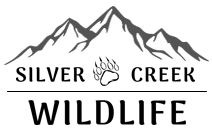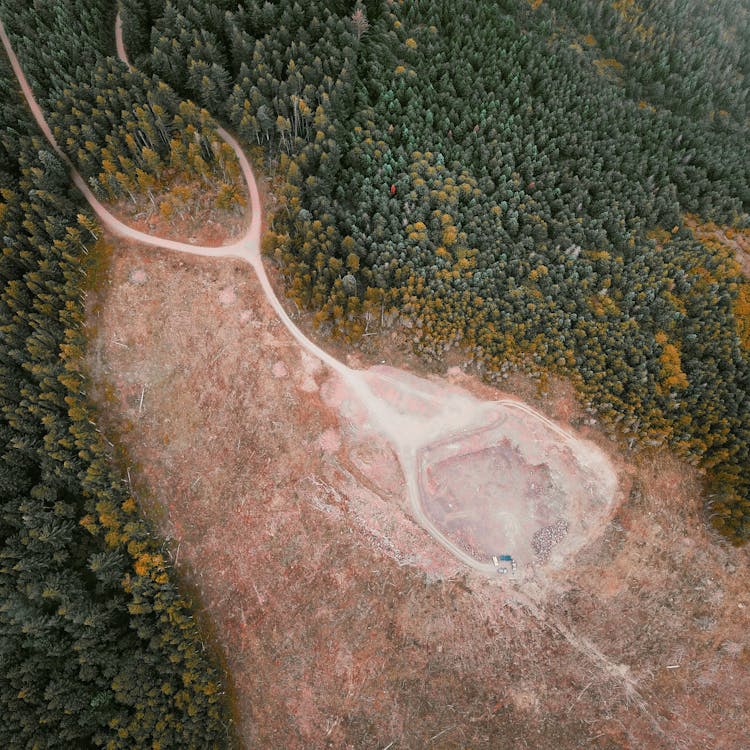Resource exploration such as mining, forestry, pipeline development in remote areas often intersects with wildlife habitats, requiring careful management to balance operational efficiency with ecological preservation.
Wildlife management professionals play a pivotal role in balancing ecological preservation with industrial operations in remote areas.
Here are a few examples of what that may look like:
Sweeping for birds ahead of infrastructure development
Protected species, particularly migratory birds and their nests, can sometimes delay or halt construction projects like pipelines. This is due to legal protections under the Migratory Birds Convention Act and the Species at Risk Act, which prohibit harm or disturbance to these species and their habitats during nesting season. One way to mitigate this concern is wildlife professionals "sweeping" for bird nests and survey areas before construction to identify and protect habitat ahead of development.
Beaver dams flooding work sites or infrastructure
Beaver activity such as damming may pose a safety risk to workers or hold up restoration works but they also have significant ecological benefits. Installing flow control devices to regulate water flow, installing exclusion fences or wrapping trees to protect infrastructure are non-lethal options which can be used where possible to address the concerns and allow for continued operations.
Marmots in colonizing rockpiles
Excavating rocks during construction may simply be part of operations in remote areas but to marmots they represent new habitat and will quickly move in. Habitat modification and exclusion options such as underground and or electric fencing deter wildlife from exploring and colonizing newly created temporary habitat. Setting up motion-activated wildlife cameras help track and confirm activity.
Large predators
Remote worksites inevitably bring with them the presence of human food, waste and wildlife attractants. Dealing with large predators such as cougars, bears and wolves around the site or adjacent camps can be present a significant safety concern if not effectively managed. Reducing attractant by enforcing strict food/waste protocol, using wildlife proof containers and installing motion-activated cameras, lights and alarms will prevent and deter large predators from exploring the sites in search of food. Wildlife professionals trained in deterrence and protection options are valuable to have on the team to ensure safety of staff as encounters with large predators become more frequent.
Are you dealing with wildlife on remote work sites holding up operations or posing a safety concern?
Have a look at our Resource & Exploration page or contact the team today.


